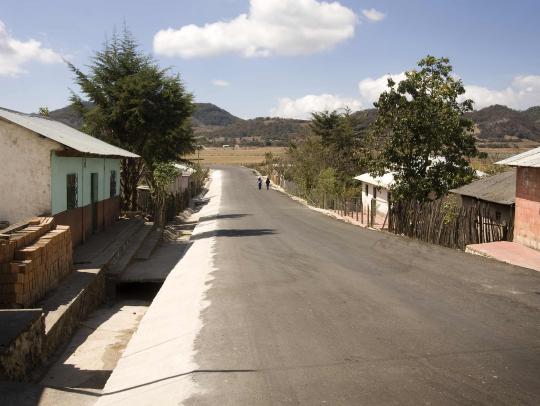Unlocking Africa’s Mobile Ecosystem Potential with Multi-orbit Satellite Capabilities

By Christian Olsson, Senior Manager, Market Management for Telcos, MNOs and ISPs at SES Networks
The mobile ecosystem has the potential to add over $150 billion in value to Sub-Saharan Africa’s economy by 2022, according to GSMA. This is the equivalent to almost 8% of regional GDP. Key to unlocking this economic value, however, is the adoption of innovative and cost-effective solutions that are not restricted by existing infrastructure or topography.
This will enable mobile network operators (MNOs) in Africa to not only tap into a larger subscriber base by extending coverage, but also offer additional services to their existing subscribers, such as mobile money, e-learning platforms, online market places and video streaming services. To help MNOs extend their reach, satellite’s ubiquity and high-throughput capabilities can be of tremendous value, especially when offered as an end-to-end and fully managed solution.
Taking advantage of multi-orbit
For many parts of Africa, the reality is that terrestrial infrastructure such as fibre or microwave is either economically or geographically unfeasible. In this sense, multi-orbit satellite capabilities – Geostationary (GEO) and high-throughput O3b Medium Earth Orbit (MEO) – allow an operable backhaul solution that is pervasive but also flexible; a solution that is lean, but with broader coverage that can be shared across multiple sites, and scalable to allow adoption of data services and deployment of 3G and LTE base stations. A rural cell site can now be deployed at about one third of the cost of a traditional macro site, and combined with satellite backhaul, there is no longer any reason not to reach every corner.
Seeing as mobile network requirements will inherently differ from site to site, and considering that some applications are latency-sensitive, multi-orbit capabilities are ideal as they offer the level of agility required to reliably service such a vast and diverse region.
Another challenge for the operators in remote locations – that satellite helps alleviate – is maintenance of terrestrial cell sites. With a vast area being covered, there is a higher risk of fibre line interruption or microwave cells that have gotten out of line, which raises the issue of reliability. Satellite solutions have minimal points of failure compared to alternatives and have proven their reliability over the years. Furthermore, by having a satellite solution that is looked after by a professional services organisation, one is guaranteed a Service Level Agreement worthy of a network, which is of vital importance to both its owner and its users.
The proof is in Chad’s pudding
Many parts of Chad, a landlocked country in north-central Africa, have been notoriously hard to reach for MNOs, due to the sheer vastness of the country, the lack of terrestrial infrastructure, and the extensive flooding during rainy seasons. By leveraging SES’s fully managed satellite backhaul service driven by its multi-orbit fleet, a mobile operator, Tigo Chad, has been able to expand coverage into the country. The solution allowed Tigo Chad to bring 2G and upgrade to 3G in rural and previously unserved areas.
The satellite-enabled backhaul solution connects more than 40 remote sites in Chad, providing an in-country gateway and remote terminals, as well as network design, installation and maintenance services. The upgraded backhaul network allowed the customer to migrate from time-division multiplexing (TDM) to IP that enables 3G deployments and makes it ready for 4G/LTE. Rural areas have yet again proven their boundless demand for mobile services as subscribers enjoy the higher speeds and consistent network performance provided.
In a country with a population of over 14 million people – many of whom are still unconnected – this solution has allowed a local mobile network operator to leverage the advantages of GEO-based managed services in concert with MEO. This has resulted in a significantly wider network reach, which has in turn enabled opportunities for many Chadians who previously had little or no access to the internet.




